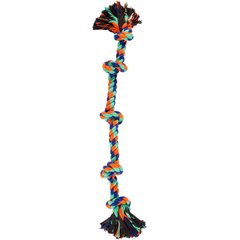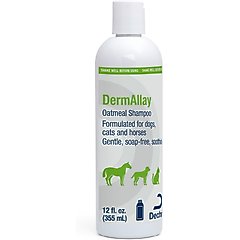American Staffordshire Terrier vs. Pit Bull: How Are They Different?
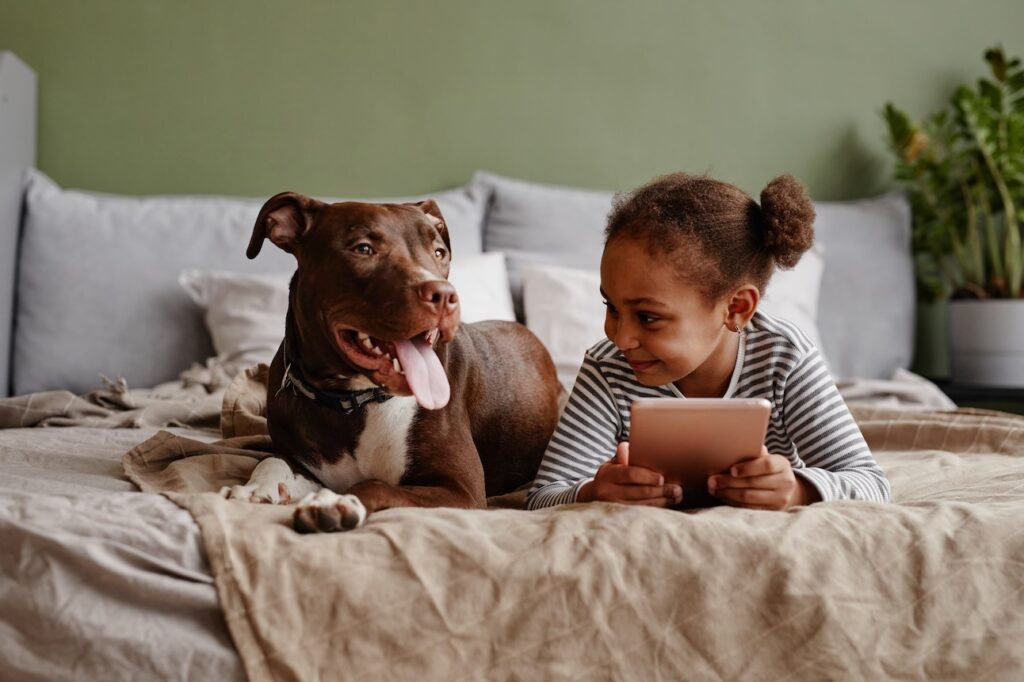
Photo by SeventyFour/iStock / Getty Images Plus via Getty Images
The American Staffordshire Terrier and the Pit Bull are both loyal, affectionate dogs with muscular builds and lots of energy. Depending on your lifestyle and needs, one of these popular breeds might be a better fit than the other.
But before we compare the American Staffordshire Terrier versus Pit Bull dogs, we need to clarify what, exactly, a Pit Bull even is.
The fun-loving Pit Bull Terrier isn’t technically a defined breed. Instead, the term “Pit Bull” is often used colloquially to refer to any bully breed or mix, including the American Staffordshire Terrier. The term sometimes refers specifically to the American Pit Bull Terrier, a breed recognized by the United Kennel Club but not by the American Kennel Club (AKC).
The American Staffordshire Terrier (aka “AmStaff” for short) and the Pit Bull (“Pittie” for short) are closely related—so much so that, according to the AKC, every AmStaff is technically an American Pit Bull Terrier, but not every Pit Bull is an AmStaff.
These spirited breeds share ancestors and a complicated history that explains why the line between Pit Bull versus American Staffordshire Terrier is so murky. Let’s learn more.
Key Takeaways
- The American Staffordshire Terrier is a specific breed with AKC-established standards, while “Pit Bull” is an umbrella term often used for several breeds.
- American Staffordshire Terriers tend to be slightly heavier and stockier, while Pit Bulls are often leaner.
- Both breeds are affectionate and people-orientated but my differ in energy levels.
History
Both the AmStaff and the Pit Bull descend from the Old English Bulldog, an extinct breed once used for bull- and bear-baiting in the U.K. These were cruel, historical sports where dogs were forced to fight larger animals in the pit of an arena.
Both “sports” were eventually outlawed in the 19th century, causing participants to move the now-illegal sport underground. Instead of bears or bulls, they used smaller animals such as rats and bred their dogs to be smaller.
“They bred those bulldogs with terrier breeds because they’re more agile, they’re faster,” says Ettel Edshteyn, CBDC, owner of Poodles to Pit Bulls Dog Training in New York City. “[From] that bull and terrier mix, we get a lot of these different bully breed types.”
By the 1930s, the breeds had split into more distinct lines with different purposes—including the American Staffordshire Terrier, which was bred for companionship.
Appearance

The Pit Bull and the AmStaff are both muscular dogs with a boxy head, short hair, a low-set tapered tail, and floppy ears. But there are subtle differences between the two:
- Height: American Pit Bull Terriers are slightly taller and more slender. Pit Bulls can be up to 21 inches tall, while AmStaffs typically measure 17–19 inches.
- Weight: AmStaffs tend to be stockier, weighing between 40–70 pounds, while Pit Bulls weigh 30–60 pounds.
- Ears: Both breeds have ears set high on the head. However, many AmStaffs have cropped ears (a controversial practice opposed by the American Veterinary Medical Association), while Pit Bulls often have natural, floppy ears.
- Nose: According to the breed standard, an AmStaff’s nose is always black, whereas a Pit Bull’s nose can be any color.
Personality
Get ready for cuddles, because AmStaffs and Pit Bulls are quite affectionate when surrounded by their trusted inner circle. “They love their people,” Edshteyn says. “They’re going to want to do stuff with you.”
Every dog needs early and consistent obedience training and socialization to encourage good behavior. These breeds are no exception—and because they’re smart dogs, both Pit Bulls and American Staffordshire Terriers respond well to positive reinforcement training using dog treats or dog toys.
Recommended Products
Still, their independent nature might make training a challenge for first-time pet parents. Don’t hesitate to reach out to a certified dog trainer who uses positive reinforcement if you need help training your dog.
Socialization is especially important for AmStaffs, who might be shy and anxious around new people. American Pit Bull Terriers tend to be more outgoing and ready to mingle. (Pet parents who regularly host guests may want to opt for a Pit Bull.)
Exercise Needs
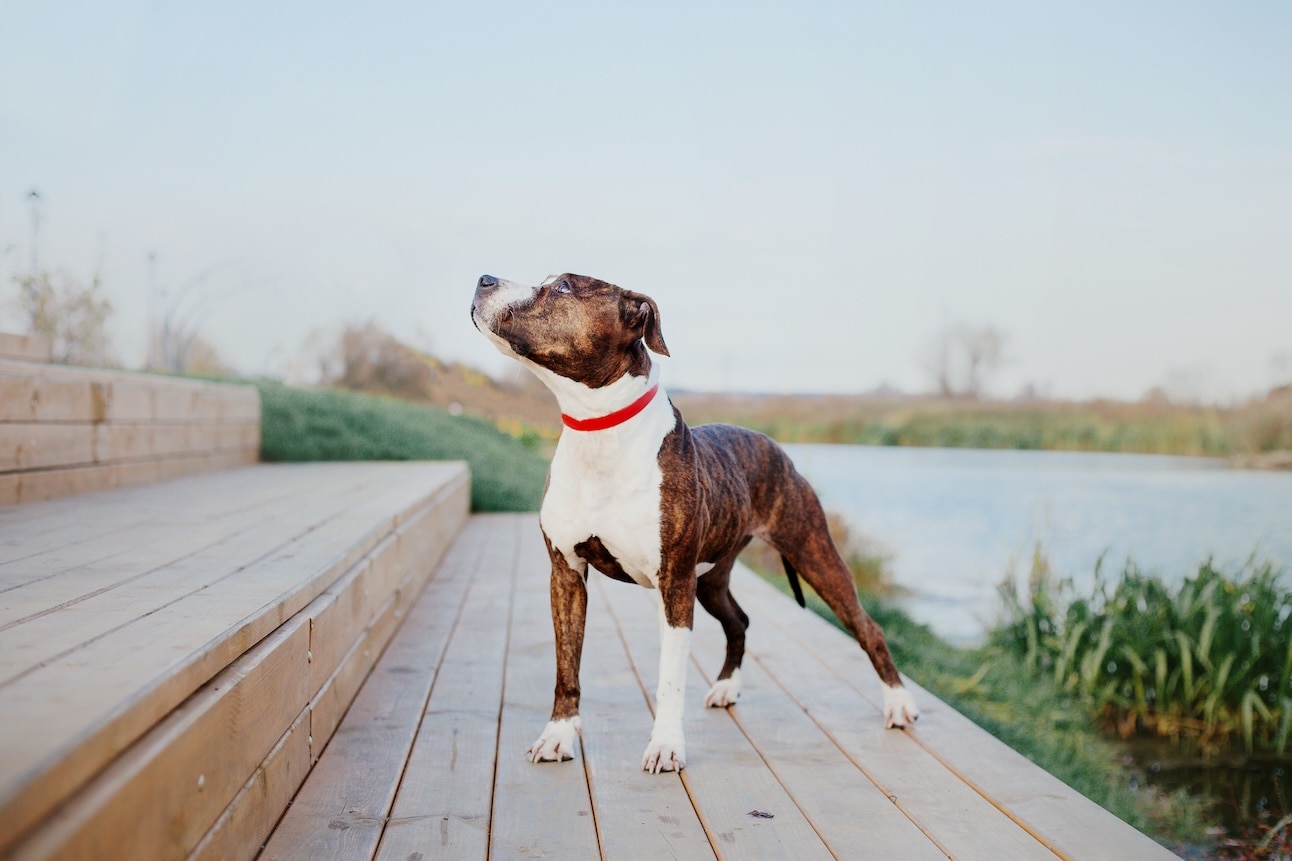
Olga Ovcharenko/iStock / Getty Images Plus via Getty Images
AmStaffs and Pit Bulls are both high-energy dogs that need a busy schedule packed with activities.
Exercise and mental stimulation are equally important. Tracy Woodruff, manager and senior trainer at K9 Connection in Buffalo, New York, says some engaging, challenging activities your pup might enjoy are:
- Dock diving
- Barn hunting
- Running
- Flyball
- Agility
- Scent work
- Tug-of-war
- Fetch
AmStaffs need about an hour of exercise every day, while Pit Bulls might do OK with a little less (about 45 minutes total).
Grooming
Neither the AmStaff nor the Pittie need a ton of attention in the grooming department. Both breeds have a short coat that doesn’t call for professional grooming appointments or much at-home upkeep.
They do, however, shed moderately year-round. But brushing your dog once a week with a curry brush can help reduce the amount of fur that ends up on your floors and furniture.
Recommended Product
Allergies are one of the most common health concerns for both breeds, Woodruff says, and those allergies make regular baths important. Use a gentle hypoallergenic dog shampoo or a medicated dog shampoo to reduce exposure to environmental allergies and help keep your pup’s skin healthy.
Recommended Products
Their allergies also make Pitties and AmStaffs prone to ear infections, so take care to clean their ears on a schedule your vet recommends. Use a vet-approved cleaning solution and watch for signs of infection such as redness, discharge, or swelling.
Recommended Products
Health
Another similarity in American Staffordshire Terriers and Pit Bulls is lifespan. AmStaffs typically live 12–16 years, and Pitties average 12–14.
Because of their allergies, your dog may experience itching, skin irritation, and hair loss from allergies related to their food or environment. Talk to your vet about your pup’s symptoms and lifestyle to make a treatment and management plan.
These breeds are also susceptible to eye conditions, including cataracts and progressive retinal atrophy (PRA), as well as hip dysplasia and elbow dysplasia.
The American Staffordshire Terrier can also inherit cerebellar ataxia, a neurological disorder that affects balance, gait, and coordination.
American Pit Bull Terrier vs. American Staffordshire Terrier: Which Is the Breed for You?
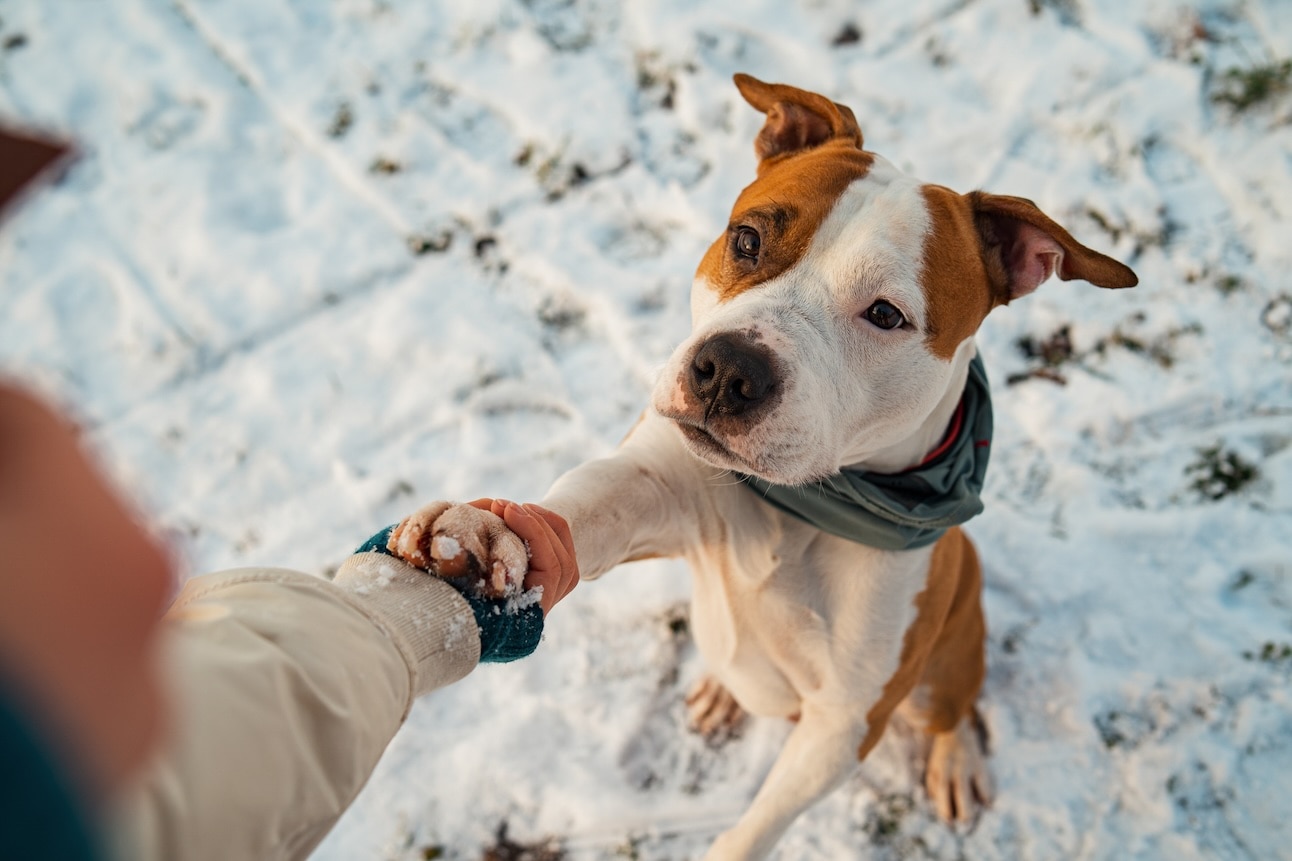
Timbicus/E+ via Getty Images
When it comes to comparing American Pit Bull Terrier versus American Staffordshire Terrier dogs, which is “best” depends on you—your lifestyle and what you’re looking for in a four-legged companion.
“It’s really on the pet parent to make sure that they can answer questions about their lifestyle and their needs realistically,” Woodruff says.
Despite their reputation, well-trained and socialized Pit Bulls are actually very friendly and tend to love meeting new people. Pitties might be the better option if you’re a social butterfly, since the AmStaff tends to be a little more anxious around new people.
AmStaffs also tend to need more exercise than Pit Bulls, but both dogs require lots of vigorous activity to stay both mentally and physically well. So be prepared to stay active!
Remember, most of the dogs labeled “Pit Bull” at your local shelter are not purebred dogs. Their behavior and temperament can vary widely, so it’s important to get to know the dog before you make a decision.
Attributions
This content was medically reviewed by Molly Price, DVM, Chewy veterinarian.

